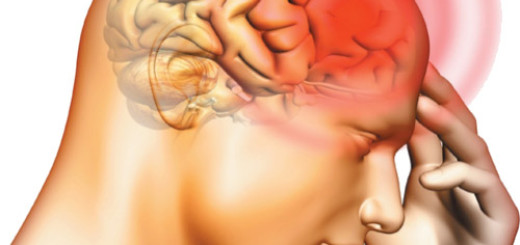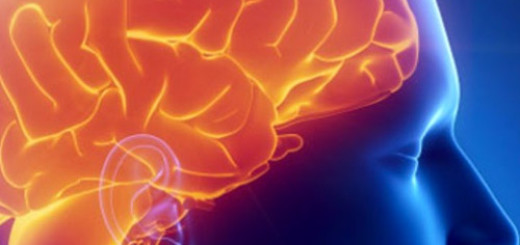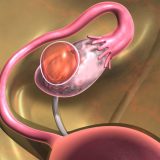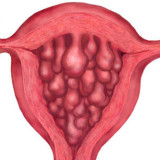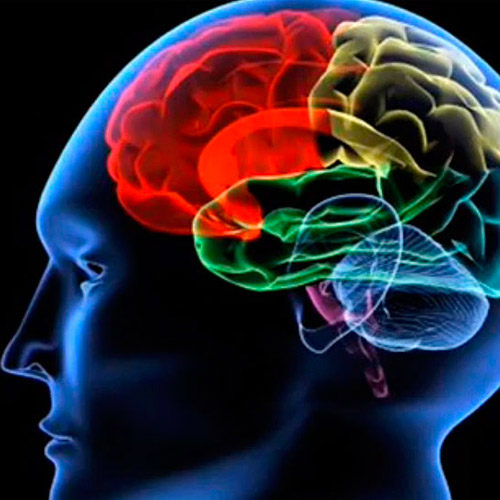
Arachnoid cysts in the brain is a lesion with a benign tumor. This cavity is formed as a result of duplication or splitting the corresponding shell. As a rule, it contains a watery substance of the cerebrospinal fluid.
The general clinical picture.
Arachnoid cysts in the brain develops as a complication of various pathologies. Compounding the severity of the patients, it provokes an epileptic, hypertensive syndrome, patchy hair loss, retarded mental and intellectual development. Additionally, if a patient complains of a headache and other symptoms, the consultation with a neurologist is recommended. He will observe a patient and appoint a therapy.
Arachnoid cysts in the brain. The choice of treatment.
Removing this pathology is made with endoscopic operations like microsurgical manipulation, bypass surgery. Among the testimony of the operation there are the presence and progression of paroxysms, increasing hypertensive hydrocephalic syndrome, the development of focal symptoms. Surgery treatment is assigned if arachnoid cysts complicated with hemorrhage in the brain, a disorder observed in CSF circulation. Endoscopic manipulations are characterized by low-risk, all the actions carried out under visual control and recorded. In addition, after it there are no foreign objects and risk of complications. In the case of an insufficient number of indications for endoscopic procedures, the shunt or micro neurosurgical intervention is appointed .
Arachnoid cysts of the spine.
Very often, this pathology is asymptomatic. But it is the characteristic only of smaller than one and a half centimeters formations. When cysts occurs, there is a compression of the spinal cord and spinal roots. These processes are accompanied by a number of symptoms that are similar to the symptoms of herniated disk. Among the main symptoms of the spine arachnoid cysts should be called a pain in the region of tumor’s localization. As a rule, pain appears after physical overexertion. Due to the tumor localization, a patient may complain of numbness, weakness, pain in the limbs, disorder of motor function and impaired sensitivity. If the cyst is located in the waist, the most unpleasant symptoms may be the disorders in the pelvis area. For example, patients can have urinary, potency and defecation functions disorders.

